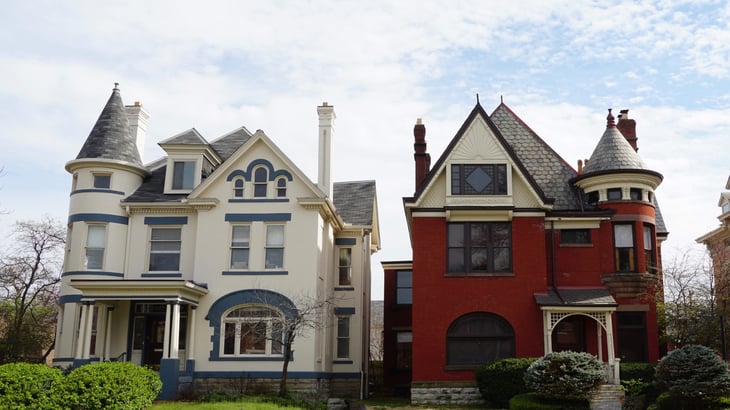
Editor's Note: This story originally appeared on Point2.
If you’re looking for a home that’s brimming with character, a historic house could be right up your street. They hark back to a time when experienced craftsmen never rushed and put love and attention into the smallest of details to create homes that were built to last.
You may well have been eagerly browsing historical homes for sale in your area already, aiming to buy your own slice of the past. However, underneath the charm and history, you can often find a few potential problems lurking.
It’s essential to be aware of these possible issues before you make an offer on a historical house.
Failure to do your research can end up costing you thousands of dollars, not to mention countless hours of remedial work to bring things up to scratch.
With that in mind, let’s look at things to consider before buying a historic home.
1. Expect More Maintenance
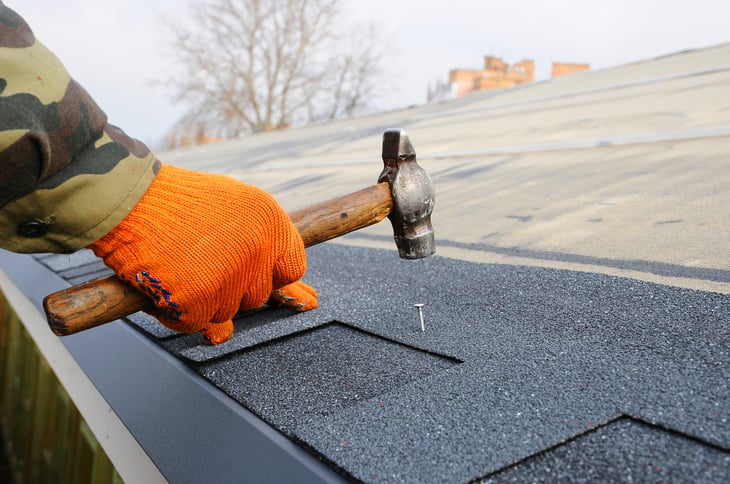
Historical homes often require a lot more TLC compared with modern houses. The clue really is in the name.
Historic houses are old, and that age can bring about numerous issues for the new owner. Of course, it depends on how the property has been maintained up until now.
Indeed, many historical houses for sale have been lovingly cared for, fitted with all the modern conveniences you’d expect.
However, some may have been neglected for decades and may require a hefty amount of work to bring them up to current safety standards.
Either way, you can expect historic homes to demand more regular maintenance than modern houses. This isn’t necessarily a bad thing. For keen DIYers, it can be a fantastic project to keep on top of during your spare time.
But, if you’d rather not spend your weekends fixing up issues with a damp basement or confusing electrical system, a historical house might not be the ideal choice for you.
2. Renovation Woes
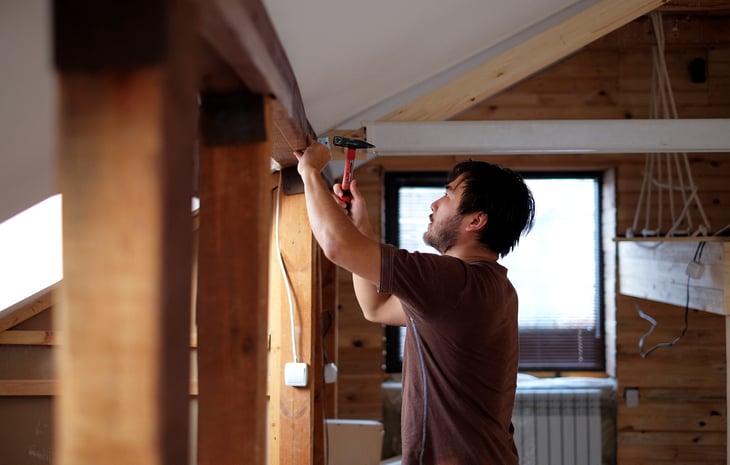
So, you’ve decided that you’re up for the challenge of maintaining and possibly renovating the historic home for sale that you’ve had your eye on. Unfortunately, if you’re hoping for a cheap fixer-upper that you can do what you like with, you could be in for disappointment.
Many historical homes are located in designated historic districts, which tend to be governed by their own set of local laws.
These laws can impede progress and prevent you from making changes to your home until you’ve been given the green light by the relevant authorities, usually the local historical society. You’ll often have to put in a request for any changes you wish to make, which can take a long time to be approved.
Going ahead with the work before getting approval isn’t a good idea either. Most local authorities can demand that you reverse any changes that go against their rules.
There is some good news, though. Mostly, these restrictions are limited to the exterior elements that give your historical home character. So, refitting the kitchen or upgrading the electrical system won’t normally be an issue.
3. Unique Renovation Issues
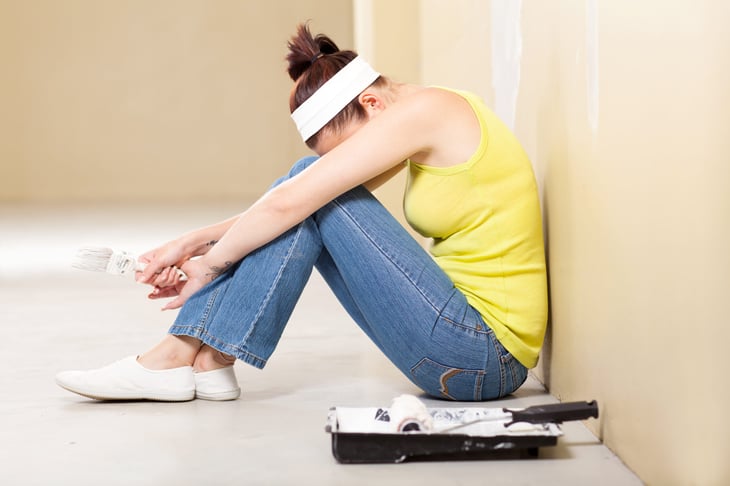
Getting approval for renovation projects is just the start. Historical houses were designed and built in a fundamentally different way from most modern homes.
In a nutshell, modern homes are designed to be watertight and airtight, keeping the elements out at all costs. Historic houses, meanwhile, were built to be breathable, allowing moisture vapor into and out of the home.
That doesn’t mean that a historic home will let water in. Indeed, many historical buildings have excellent insulating properties as long as they’re allowed to breathe. Unfortunately, these concepts were often ignored or simply not understood over the years.
Contractors and DIYers frequently use modern materials on historic buildings, preventing them from breathing and leading to problems with dampness and rot.
Everything from plaster to paint can stop a historic home from breathing. So, using the appropriate materials when renovating is essential, particularly on external walls.
Be sure to consult with a contractor who has experience with historic buildings and a firm grasp of the key concepts.
4. Don’t Skip the Home Inspection
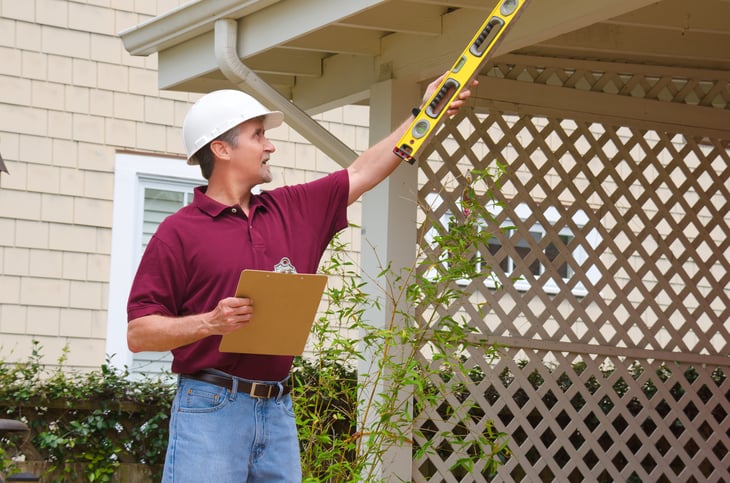
As you can see, historical houses can be easily misunderstood, resulting in a range of potential issues for the new homeowner. So, it’s even more important than ever to ensure your offer is contingent on the result of a good home inspection.
Before that, be observant as you take your first look around the home. Look for signs of water damage, faulty wiring, dampness, drafts, and leaky plumbing. Remember that these issues can often be hidden away, so thoroughly explore the home.
If you’re happy to proceed, hire a home inspector who has experience with historical houses, preferably the age and style of home you’re hoping to buy. They’ll have a much better idea of what to look for and the particularities of specific home models and styles.
Finally, take note of what they say.
Don’t be tempted to take on a home that requires a considerable amount of work if you don’t have the money or time to bring it up to scratch, no matter how much you’ve fallen in love with its character and charm.
5. Lack of Flow
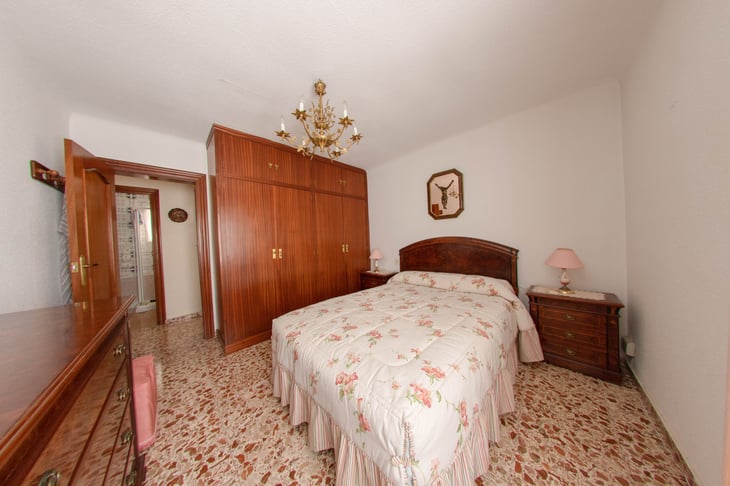
Beyond the more severe issues you might encounter, numerous cosmetic problems could bother you. Many historical homes have housed countless families for hundreds of years.
As such, there may be a clash of design elements, with an odd mix of super modern rooms sitting alongside more dated areas.
For those looking for a home that flows, either be prepared to put in a lot of work or accept that a historic house might not be the solution you’re looking for.
6. Probably More Expensive
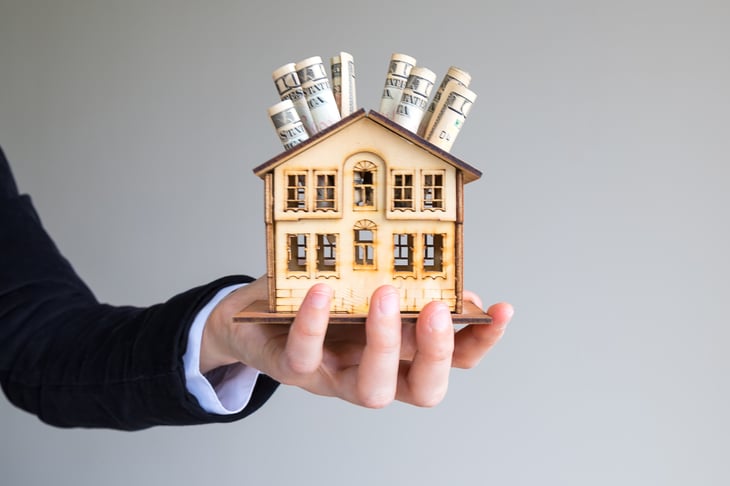
It’s easy to think that historic homes won’t be as expensive as more modern ones, but that is seldom the case. One way or another, a designated historic home will likely cost you more.
A historic house that has been well-maintained, for example, will typically sell for a premium.
Meanwhile, a historical fixer-upper may have a lower price tag when you buy it, but the renovations will generally cost more than expected. That’s because you’ll often have to hire specialist contractors who know how to work with the historical elements successfully.
In addition, you’ll usually need to spend more on unique materials, such as windows, moldings and doors, that are in keeping with the character.
Finally, you’ll usually have to take out a specialized home insurance policy on a historic property.
7. Potential Financial Benefits
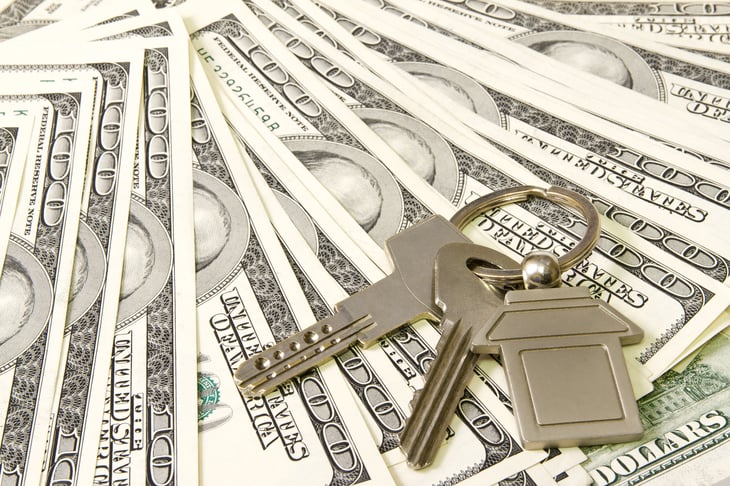
So far, we’ve looked at the things to be wary of when you see historic homes for sale, so let’s end on a more positive note.
In some cases, owning a historical home can bring financial gains, with state or local governments offering low-interest loans and tax incentives to people planning to purchase a historical building.
The idea is that when a historic home is lived in, it’s more likely to be preserved or restored than if it was sitting empty — which is better for everyone.
So, be sure to seek such incentives before you begin hunting for your ideal historic home.





Add a Comment
Our Policy: We welcome relevant and respectful comments in order to foster healthy and informative discussions. All other comments may be removed. Comments with links are automatically held for moderation.